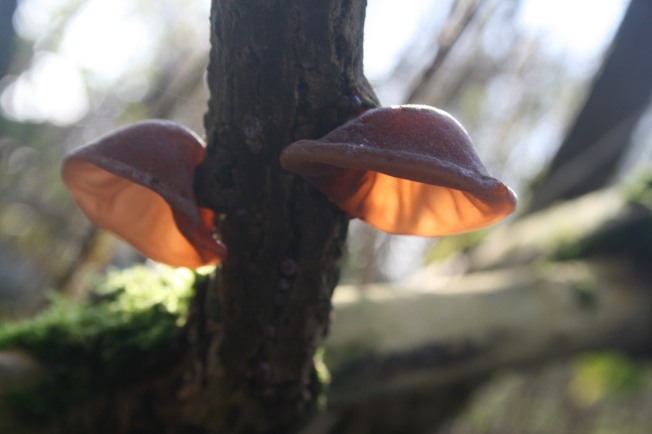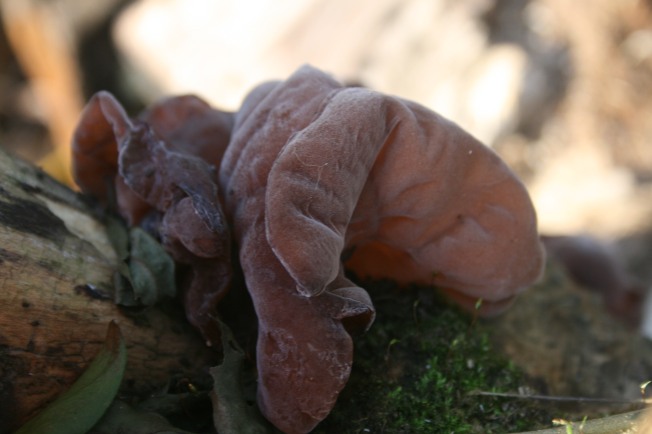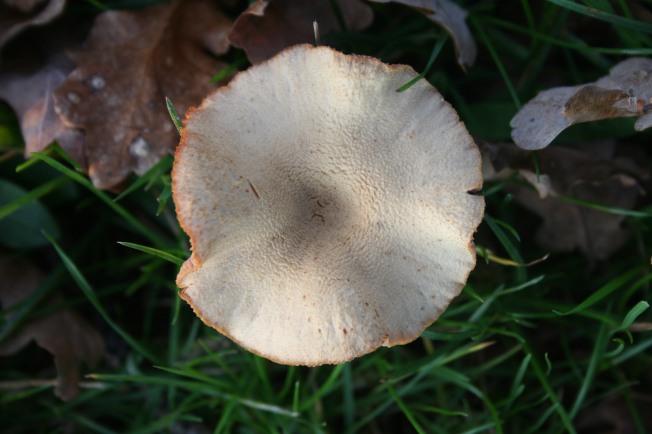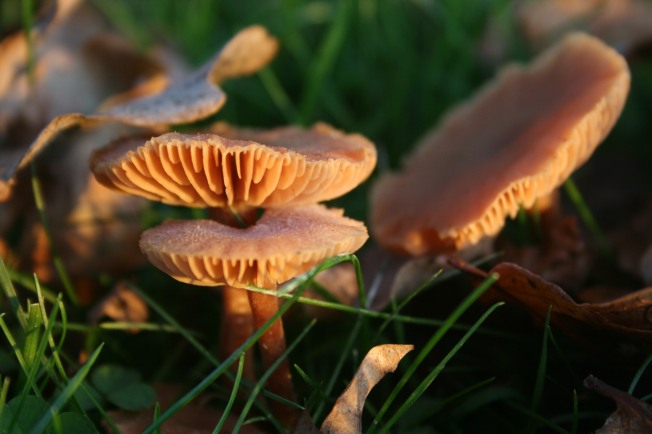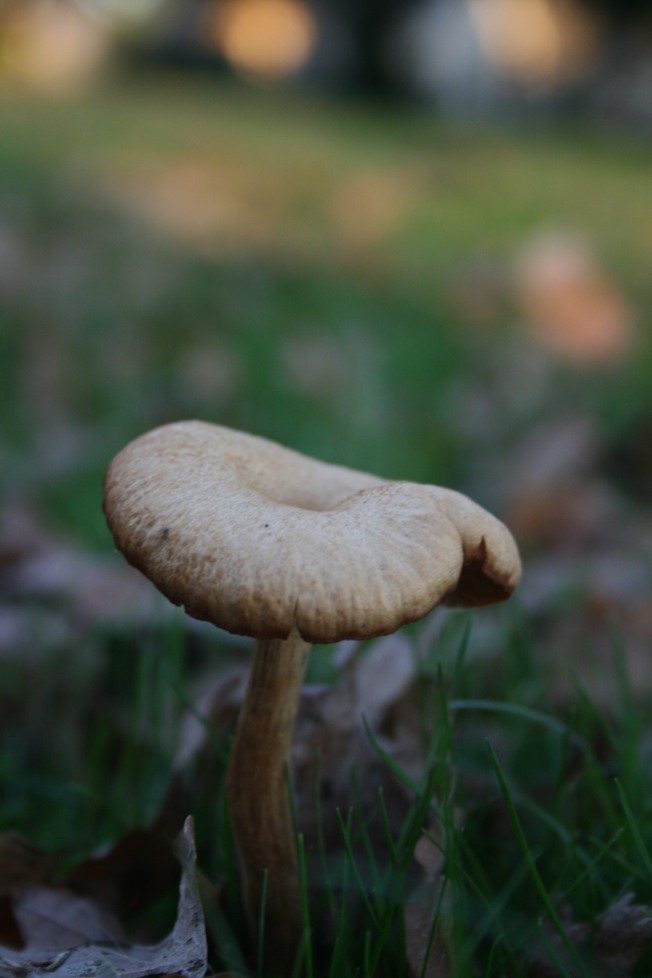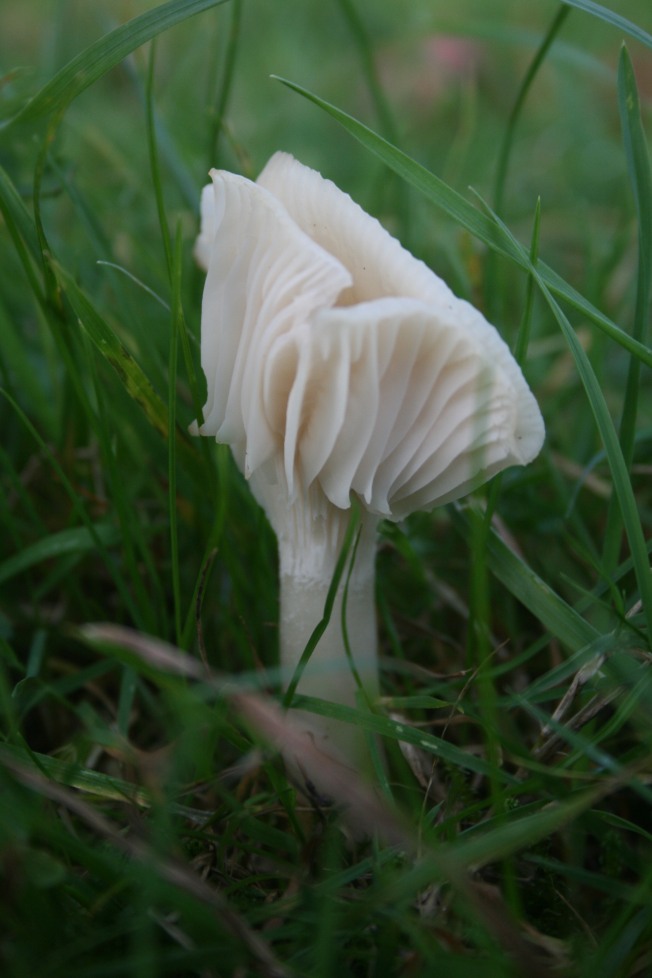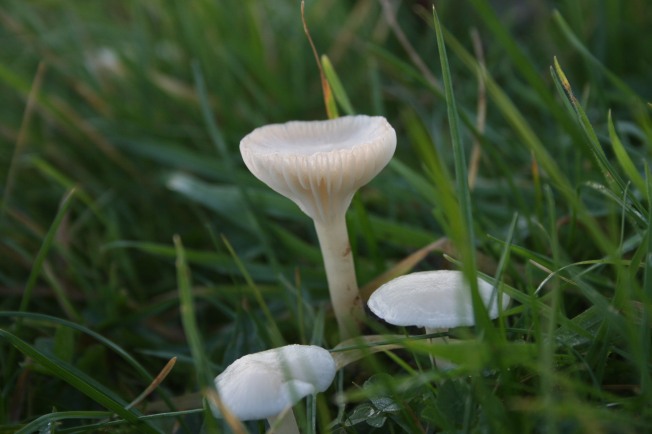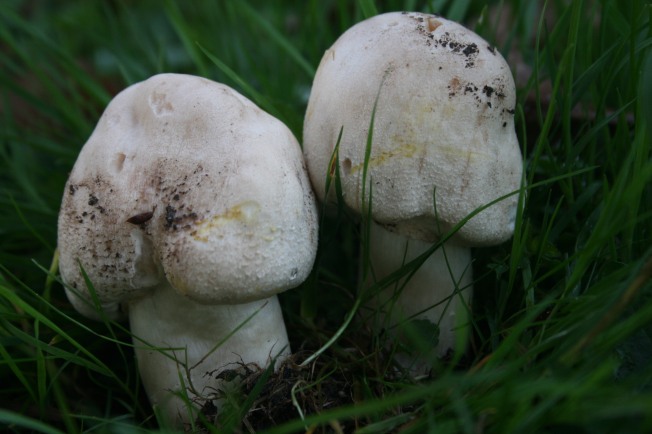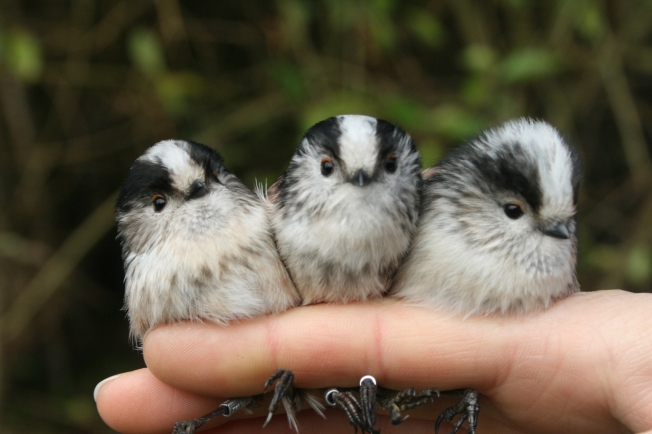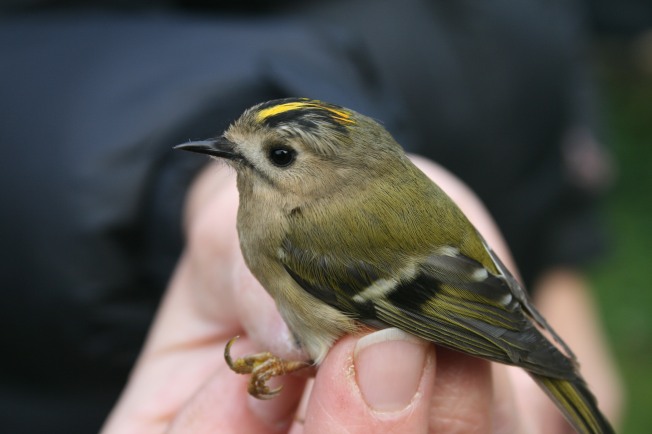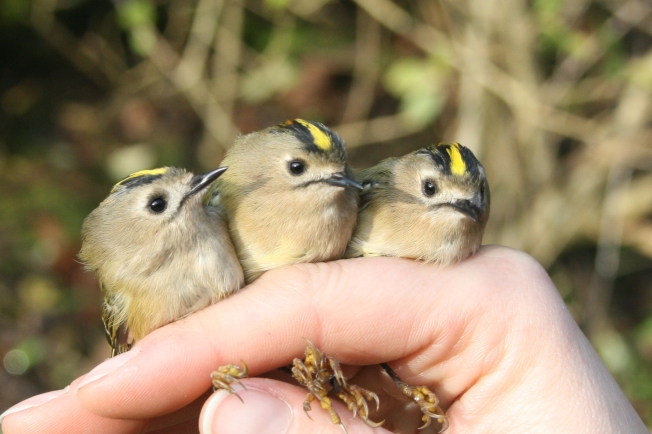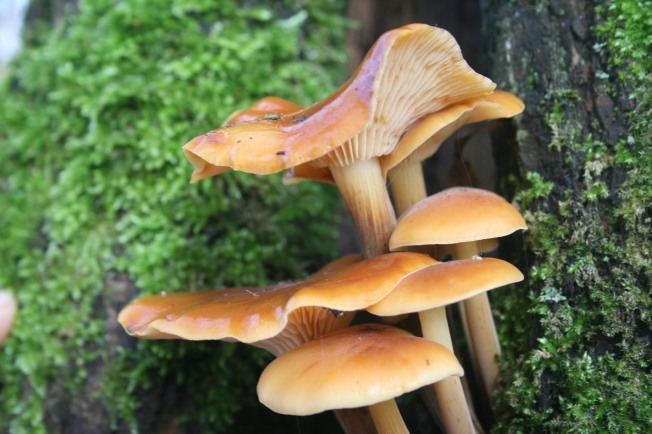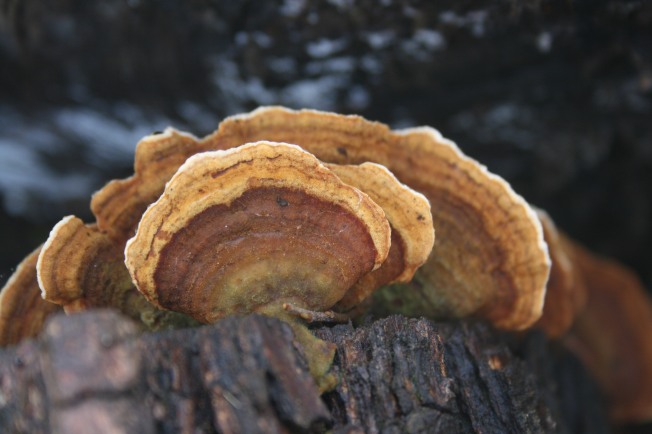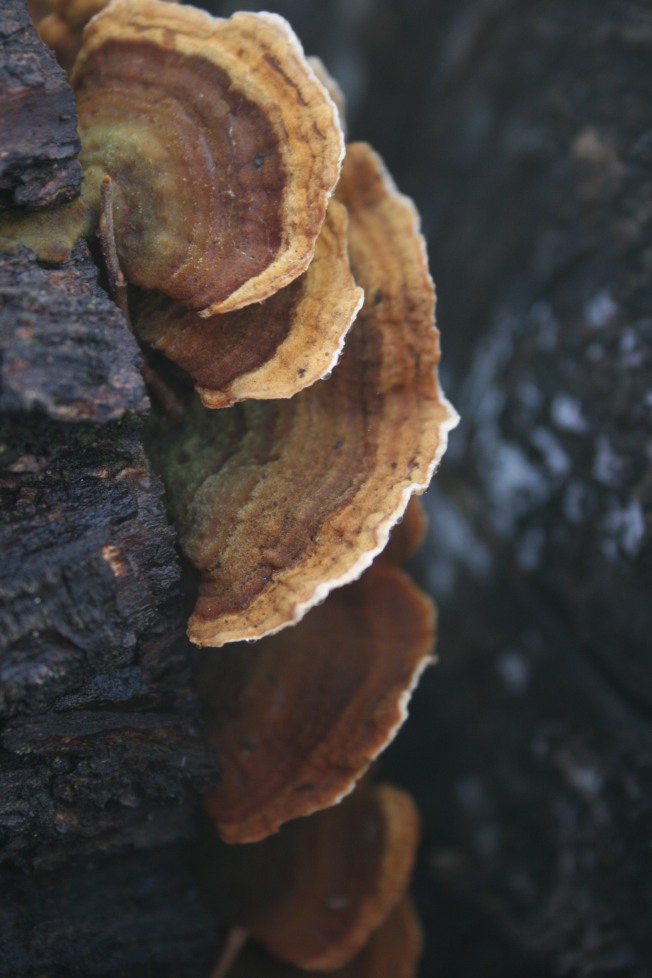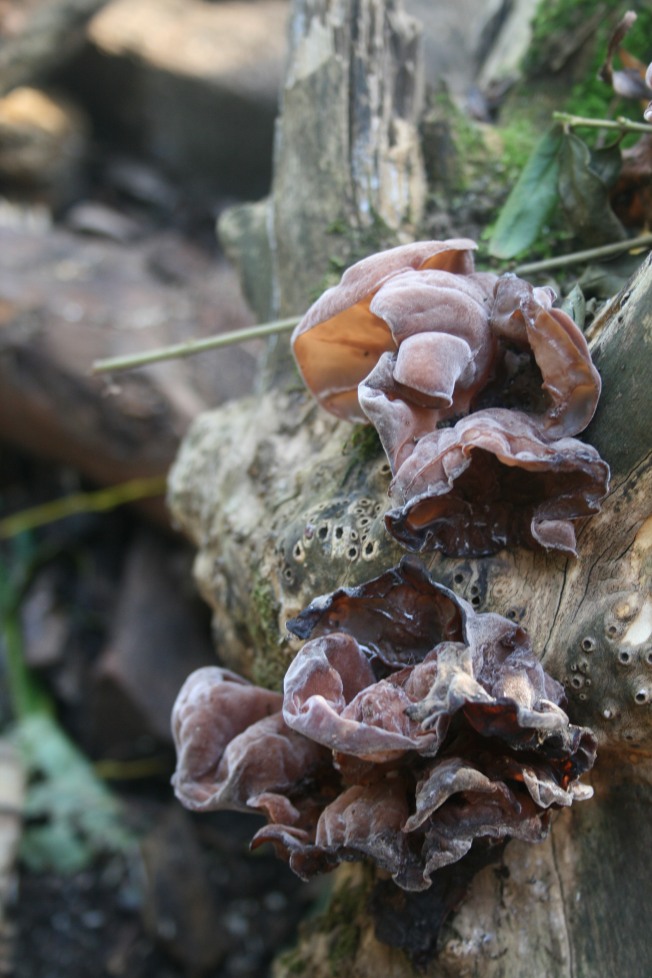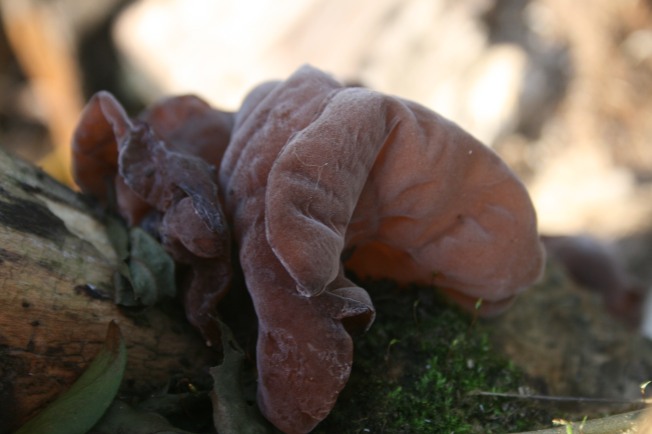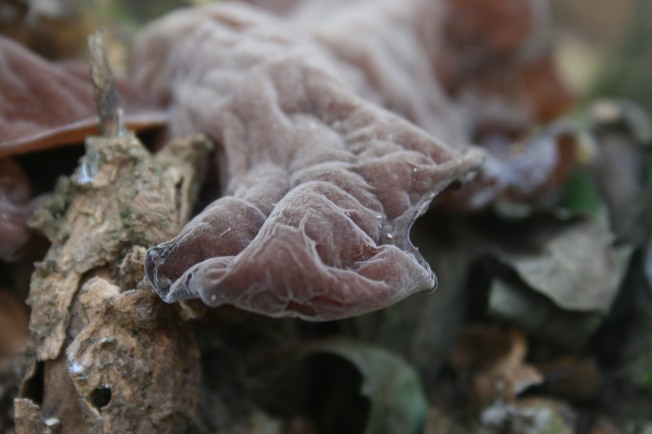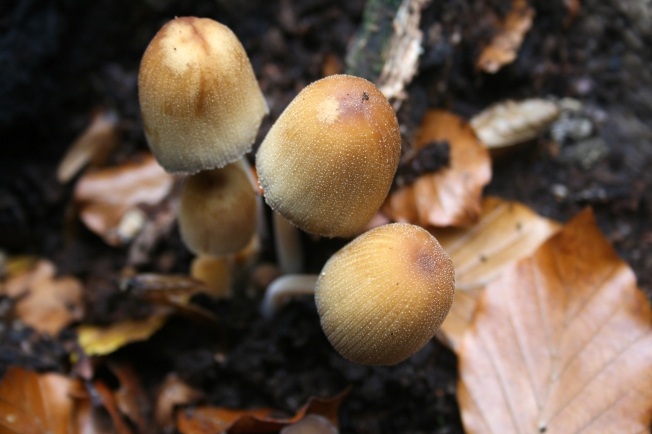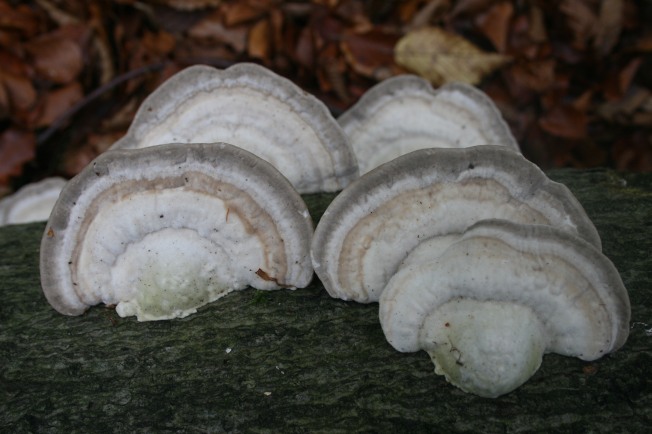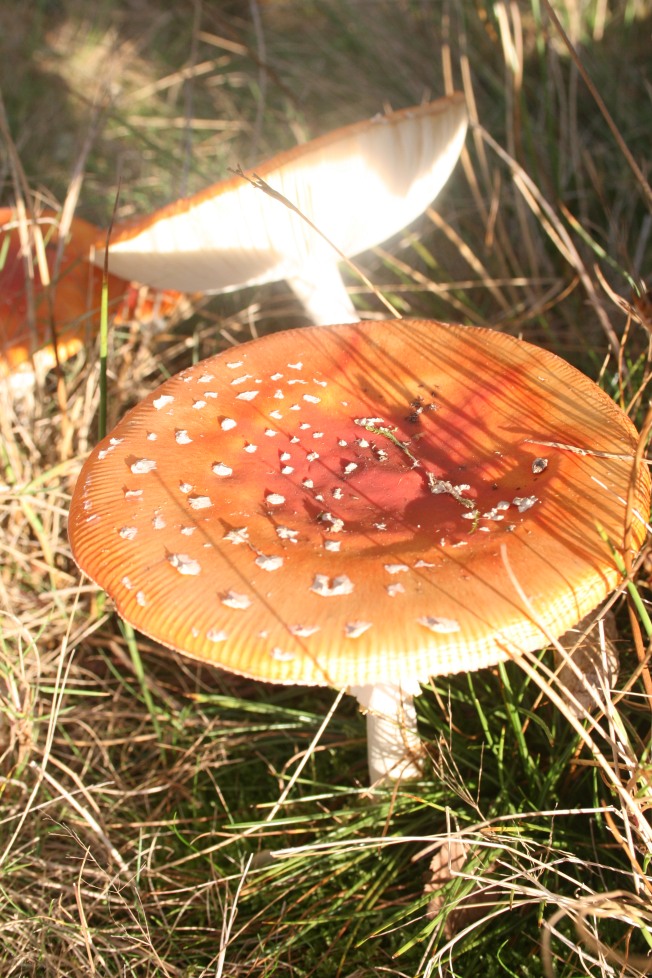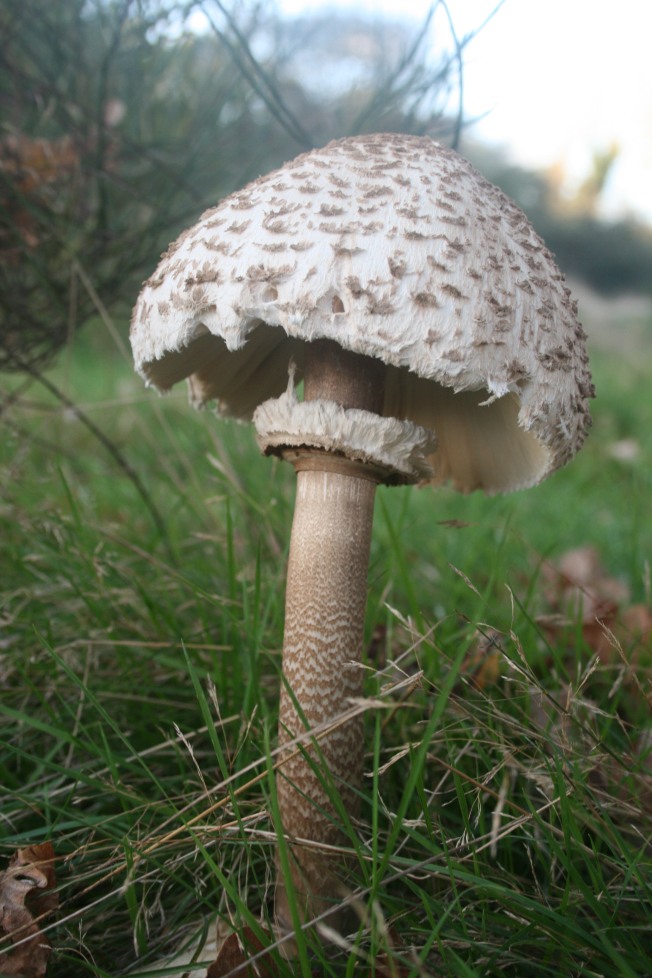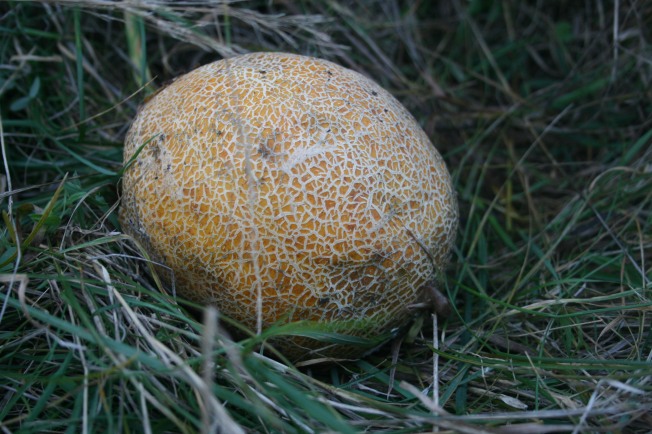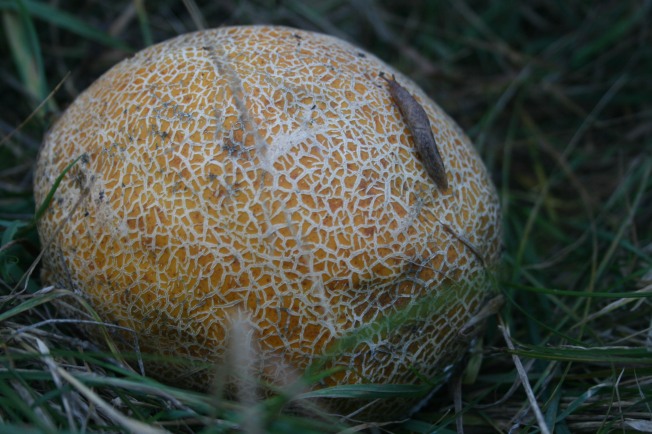My friend Szymon spotted this amazing Hoof fungus (Fomes fomentarius) on Wimbledon common a month or so ago. They can range from 10 – 45cm wide and this particular specimen was at the larger end of the scale. What I found amazing was that it was as hard as the wood it grows on! It is found predominately throughout the Northern Hemisphere usually on Birch, occasionally more South where it favours Beech or Sycamore as it’s host tree. In the UK it is common in the Birch woodlands of Scotland; this was a nice find in Southern England! This particular specimen was on Beech, however we did find a much smaller one (5-10cm) nearby on Birch. 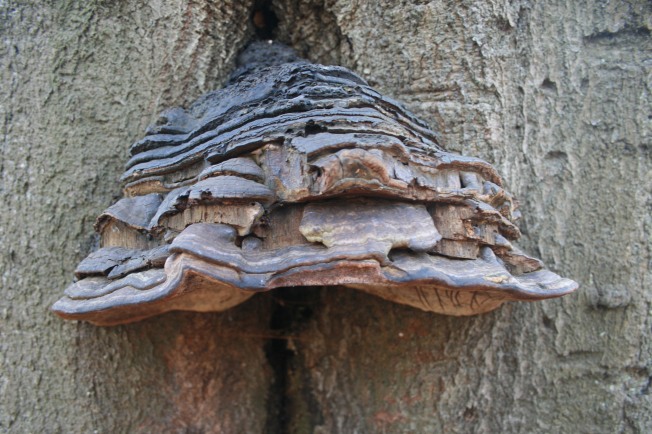 It is perennial and can live up to 30 years, creating distinctive annual growth rings.
It is perennial and can live up to 30 years, creating distinctive annual growth rings. 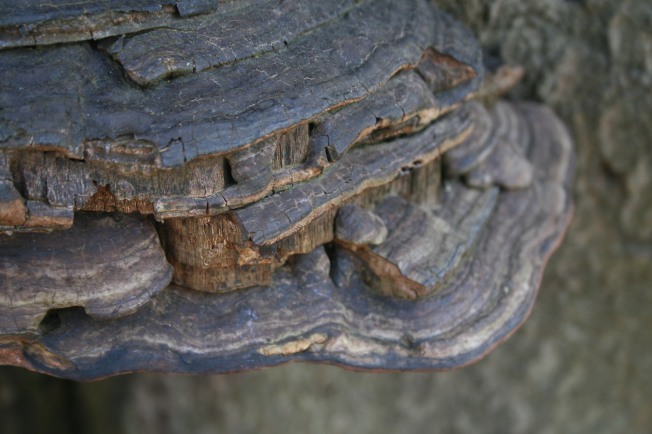
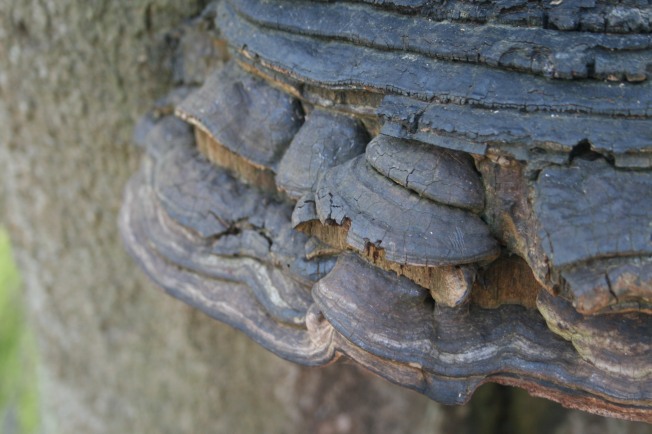
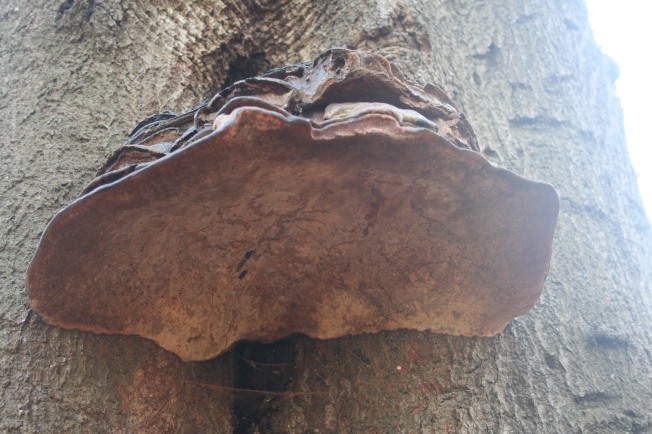
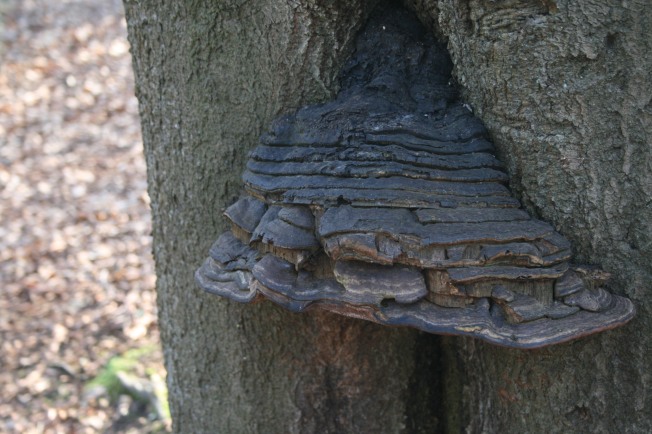 It is also known in the Bushcraft world as False Tinder Fungus – ‘False’ to differentiate it from Chaga know as ‘True Tinder Fungus’ – both can be used as tinder in primitive fire making. In the case of this Hoof Fungus you would need to cut it open and use the trama layer to prepare the tinder. A pretty impressive and useful fungus!
It is also known in the Bushcraft world as False Tinder Fungus – ‘False’ to differentiate it from Chaga know as ‘True Tinder Fungus’ – both can be used as tinder in primitive fire making. In the case of this Hoof Fungus you would need to cut it open and use the trama layer to prepare the tinder. A pretty impressive and useful fungus!
Category Archives: Fungi
Wild Edibles – Cooking With Jew’s Ear
The other week me and my friend Szymon had a go at some outdoor cooking with foraged Jew’s Ear – a common edible fungi that you can find all year round even in urban environments such as London. It grows predominately on dead Elder.
Szymon has a youtube channel focusing on bushcraft; he has been teaching me basic survival skills such as primitive fire making – I plan to incorporate more of this in to my blog in the future as it’s something I am very interested in. I love to camp and hike (and generally be outdoors) so these sorts of skills are really useful to have, not to mention it’s great fun! So here is the video we made of us cooking an oriental style broth using tofu, garlic, ginger, noodles, soy sauce, apple cider vinegar, chili and, of course, Jew’s Ear mushrooms. Enjoy 🙂
Deceivers
After getting really interested in fungi for the first time last year my eyes were opened to the amazing variety of shapes, colours, sizes, and even scents of different species. Aside from providing vital ecosystems functions, many are also aesthetically beautiful to look at. But I am learning, unsurprisingly, that identification is not always straight forward! One genus, Laccaria, known fittingly as ‘Deceivers’, can be very variable in appearance as I discovered during a trip to Kingston Cemetery last month, inspired by this blog post by Alison Fure, who I have also to thank for confirming IDs!
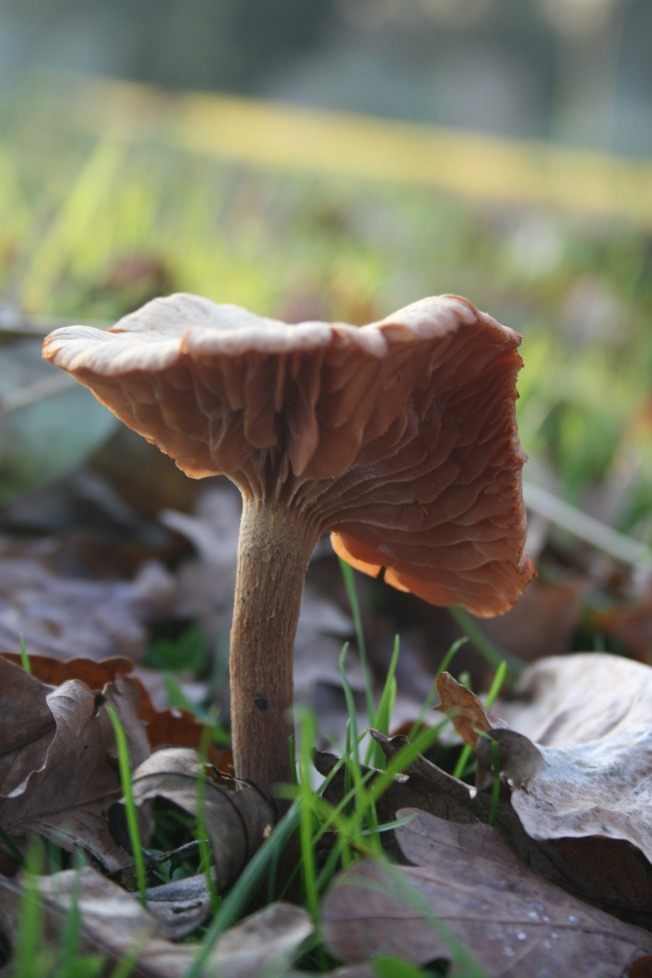
Laccaria laccata – gills attached to the stem, widely spaced, irregular and interspersed with shorter gills
These deceivers Laccaria laccata were found together in the same area, showing variation between specimens particularly in cap colour which lightens with age.
Even more baffling was this specimen from Putney Heath, found at the entrance to one of several tunnels that appeared to be part of a badger set (hairs were also found on a fallen tree nearby). I settled on Amethyst Deceiver Laccaria amethystina but the cap has obviously become extremely twisted and furrowed.
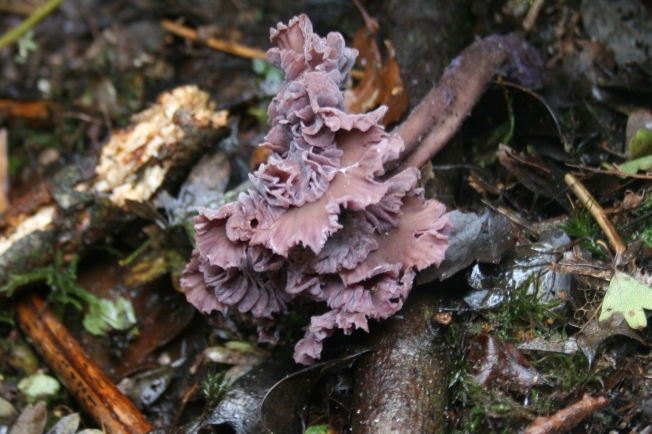
Laccaria amethystina
It looks like a petticoat! 😉 although difficult to see, the gills are fairly widely spaced and irregular, similar to Laccaria laccata. I’m pretty sure on the ID but as always open to any suggestions!
Other fungi found during my trip to Kingston cemetery….
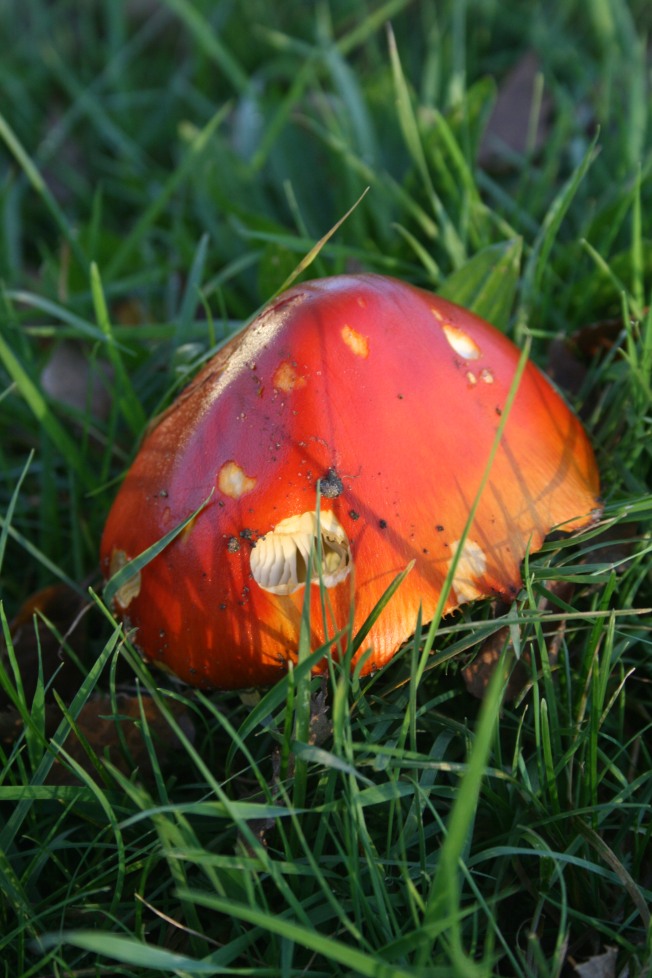
Fly Agaric, Amanita muscaria
Golden Crested Birds and Mysterious Red Capped Mushrooms
As the warbler activity has died down at Bedfont Lakes – aside from our resident Cetti’s warbler, a few chiffchaffs (one a retrap that was ringed back in April so thought to be a resident rather than a wintering visitor) and a male blackcap, tit activity seems to have increased. This is a great opportunity for me to get familiar with ageing great tits and blue tits and of course the chance for an adorable long-tailed tit group photo that is sure to brighten up anyone’s day!
Two Sundays ago I was also delighted to have the opportunity to ring my first ever goldcrest!
This individual was shortly followed by two more….
Gorgeous! Considering the autumnal colours all around I thought the beautiful golden yellow crest of this tiny bird went nicely with the red, orange and brown hues of several species of fungi I discovered growing close by; my favourite of which being this lovely Velvet Shank Flammulina velutipes
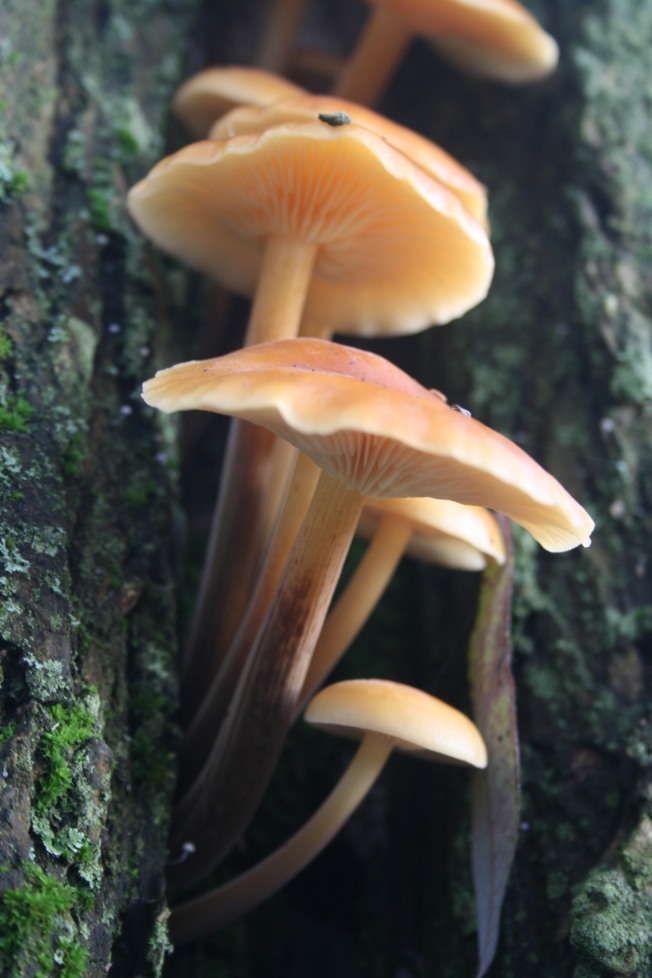
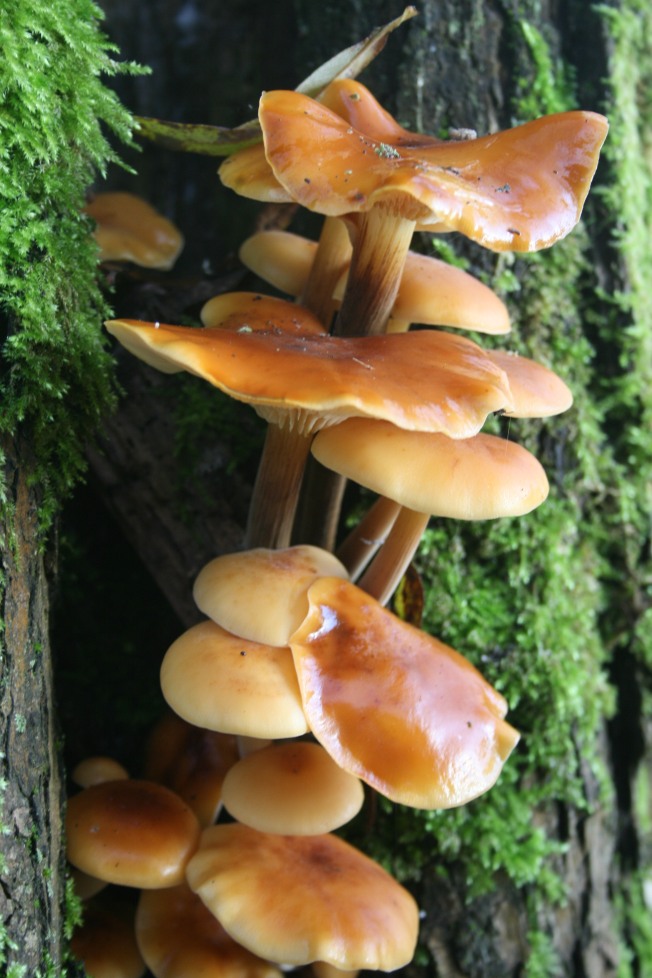 More of a mystery, however is this red capped mushroom growing in large numbers on woodchip, thought to be a Russula sp possibly beechwood sickener; the trouble is there are no beech trees around, however I think the spores are likely to have come in on the woodchip which may contain beech. I’m informed that the woodchip is made up of willow from the park itself but also from wood that is brought in from all over the borough, so who knows what could be in it!
More of a mystery, however is this red capped mushroom growing in large numbers on woodchip, thought to be a Russula sp possibly beechwood sickener; the trouble is there are no beech trees around, however I think the spores are likely to have come in on the woodchip which may contain beech. I’m informed that the woodchip is made up of willow from the park itself but also from wood that is brought in from all over the borough, so who knows what could be in it! 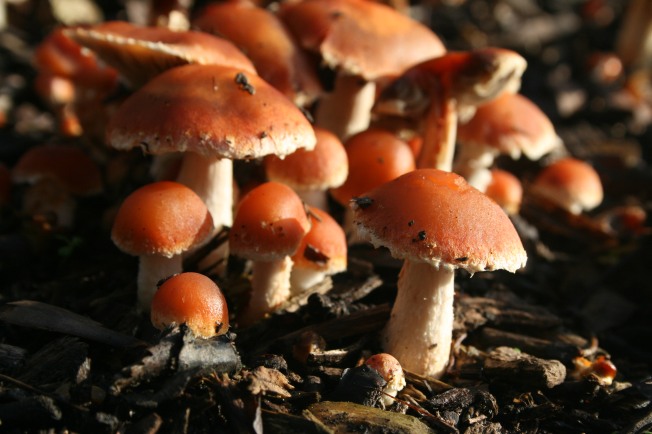
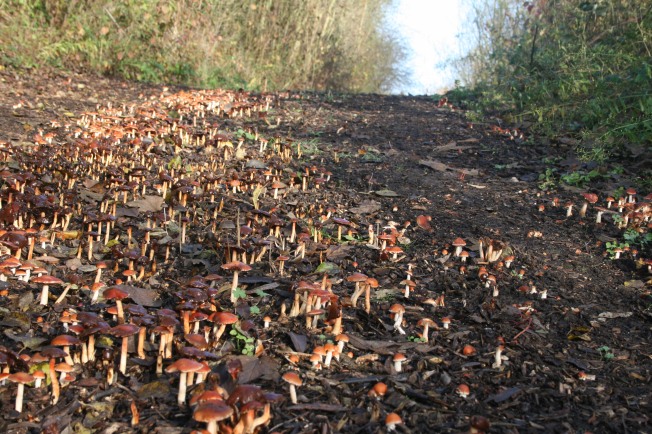
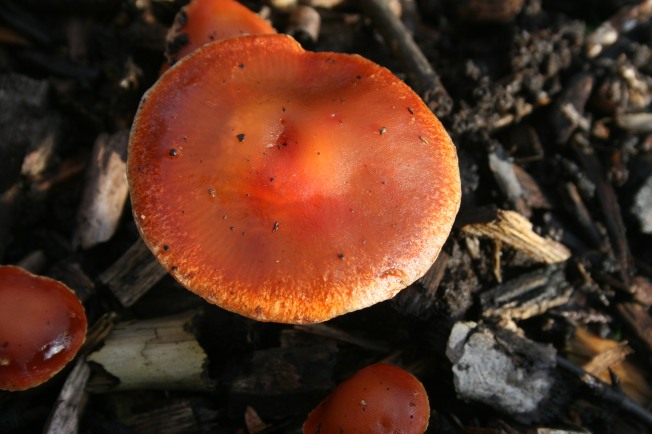
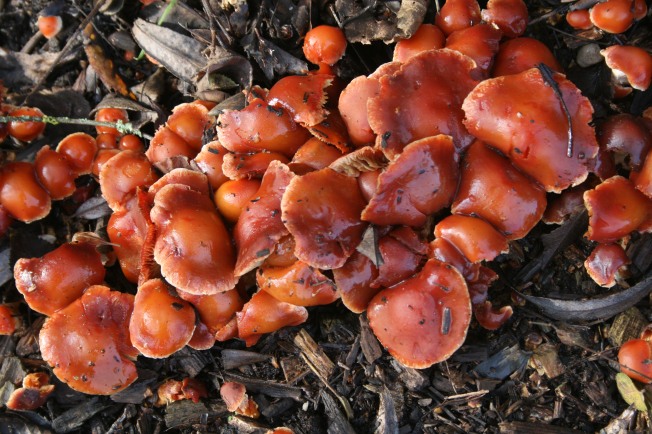
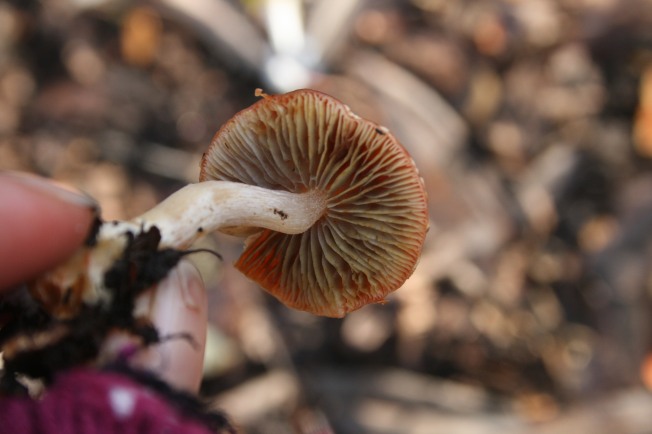 Any suggestions would be welcome!
Any suggestions would be welcome!
Another nice find was what I believe to be Turkeytail fungus Trametes versicolor
Urban Fungal Adventures
I usually carry around various wildlife identification guides pretty much every where with me (as well as my binoculars!) as I’ve found that even in the most urban environment, you never know what you may come across! At the moment the two books that I don’t go anywhere without are my micro moth field guide (this is the perfect time of year for looking for leaf mines!) and a little collins mushroom guide I was gifted years ago. This year is the the first autumn I’ve actually got around to using the latter and finally delved in to the amazing world of fungi. I would just like to share a few recent discoveries….
Originally I thought this to be the Purple Jelly Fungus, but on second examination I’m going with Jew’s Ear or Jelly Ear as some people know it, Auricularia auricula-judae. It’s typically found on Elder – this was discovered (thanks to Maaike from Camley Street!) on a log, part of a habitat pile at Camley Street Natural Park. Honestly I’m not sure on the tree ID but I will take a closer look when I am there this week.
This next specimen was found in Epping Forest, Glistening Inkcap Coprinellus micaceus. It really does glisten!
This next one was also found it Epping Forest, Hump-backed Polypore Pseudotrametes gibbosa. This is one of the many bracket fungi, the brackets on this species are humped at the point of attachment (hence the common name!) and the upperside has an interesting velvety lumpy surface.
The next few specimens were found on Wanstead Flats – a new urban discovery for me, really looking forward to exploring this area further!
This Fly Agaric Amanita muscari is the typical ‘toadstool’ depicted in fairytales. The white spots are actually remnants of the white veil enclosing the young fruitbody. No problem identifying this one!
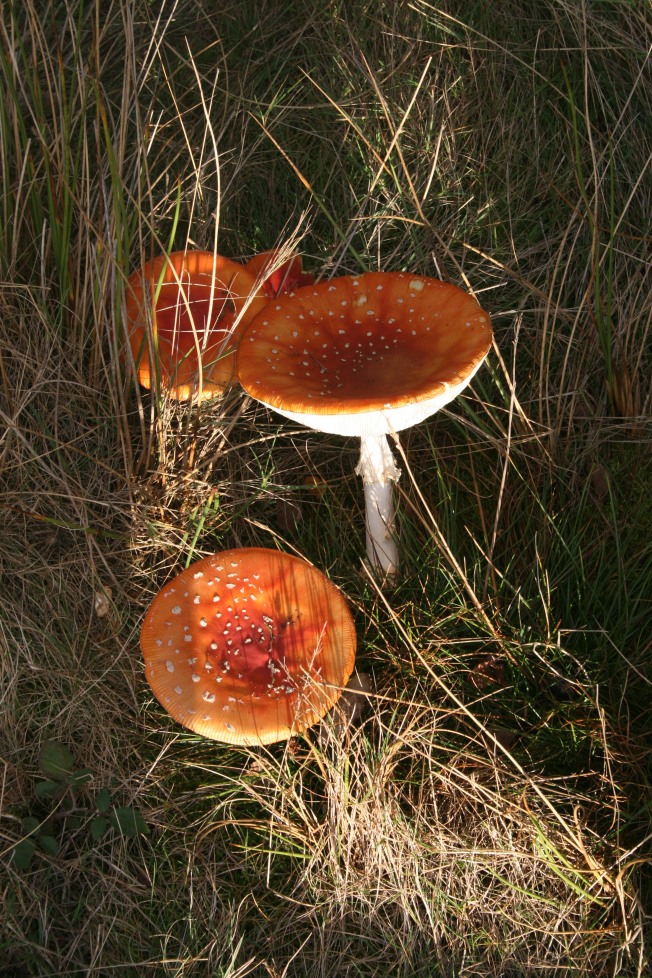 This is probably my favourite so far, Parasol mushroom Macrolepiota procera. I love the markings on the stem and cap, really nice! It’s the ‘snake-like’ pattern on the stem that pointed away from the similar Shaggy Parasol which has a white stem that bruises red-brown.
This is probably my favourite so far, Parasol mushroom Macrolepiota procera. I love the markings on the stem and cap, really nice! It’s the ‘snake-like’ pattern on the stem that pointed away from the similar Shaggy Parasol which has a white stem that bruises red-brown.
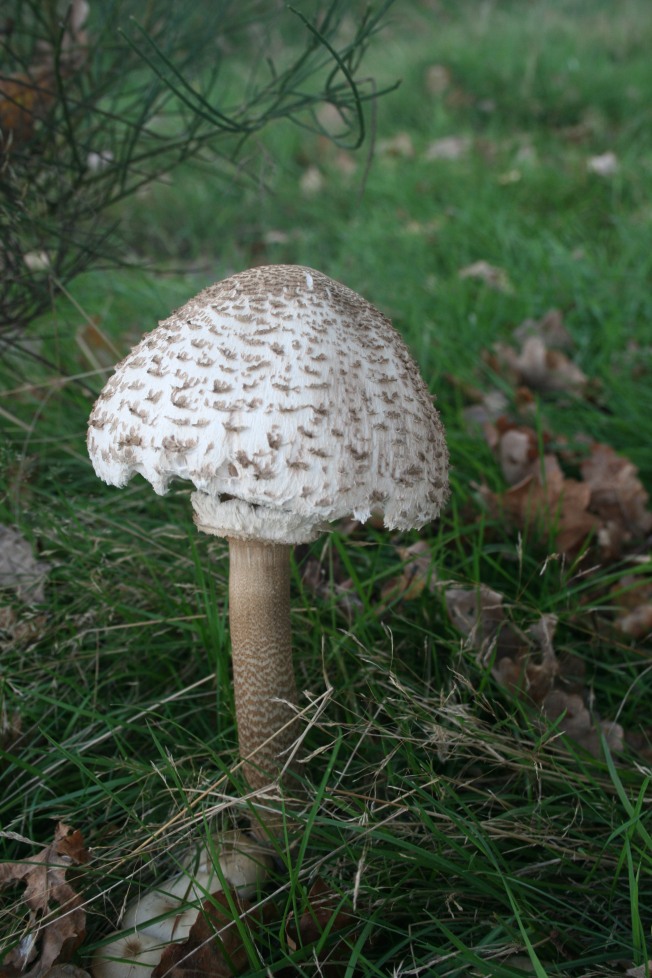
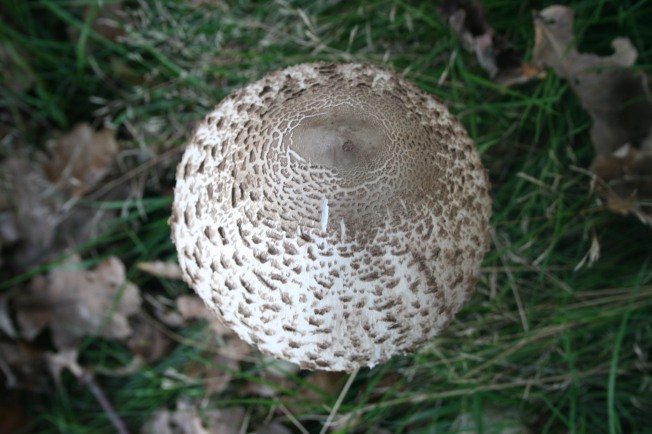 And last but not least, also found on Wanstead Flats, is this impressively large puffball – I think the Membranous Puffball Vascellum pratense.
And last but not least, also found on Wanstead Flats, is this impressively large puffball – I think the Membranous Puffball Vascellum pratense.

